Car Body Protection: How to Apply Wax Properly — and Whether It’s Worth Doing in the Fall
Here’s the logical question: when should you start thinking about protecting your car? The answer is simple — right now, as fall begins.

More and more drivers are saving time and money by using self-service car washes. Among the available options, liquid wax is a common one — though many see it merely as a way for operators to squeeze a few extra dollars out of them, without realizing its real benefits. In fact, waxing is a simple yet effective way to protect your car’s paintwork, especially during the changing seasons.
Car enthusiasts largely agree: a wax coating isn’t just about shine. It creates a protective barrier on the paint that repels dirt, water, and the harsh chemicals generously spread on roads during winter. As a bonus, the car stays cleaner longer, and the next wash becomes quicker and easier. So when is the best time to think about protection? The answer is clear — right now, with the arrival of fall. This is when your car’s exterior needs extra care the most. A coat of wax applied in autumn will prepare your vehicle for the harsh conditions of winter.
It’s worth noting that many car owners confuse wax with another popular treatment — rain repellent. But they’re quite different. Rain repellent is a silicone-based solution that creates a hydrophobic effect, causing water to bead up and roll off the surface. The effect is noticeable but short-lived — usually lasting from a couple of weeks to a month. Wax, especially hard wax applied by hand at professional car washes, lasts much longer and provides more comprehensive protection, including resistance to abrasion and UV exposure.
How to Get the Best Results at a Self-Service Car Wash
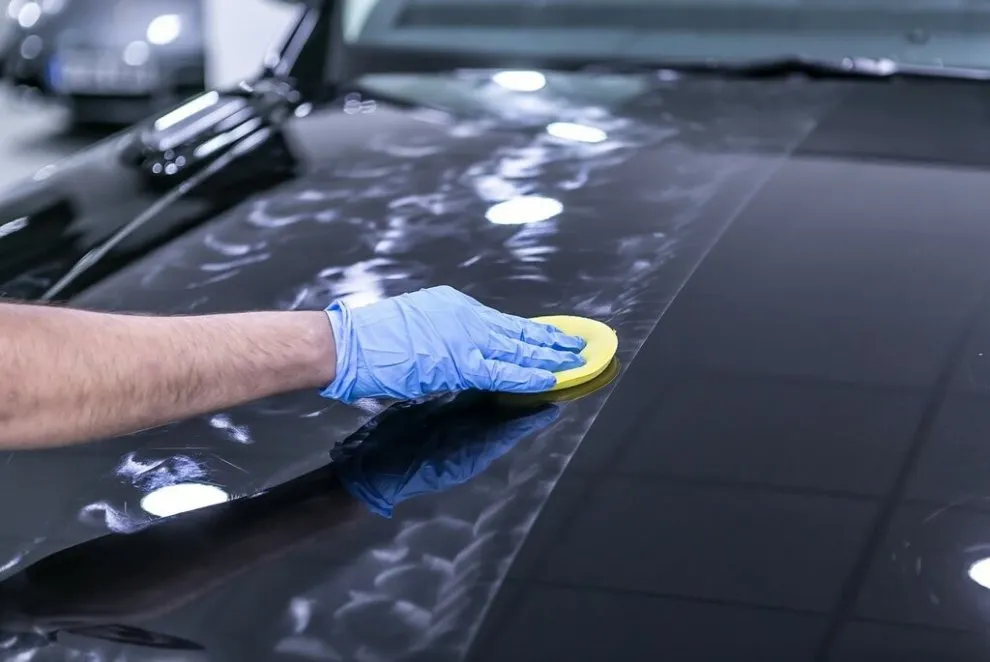
At self-service stations, the wax is typically liquid and applied through a spray gun. It doesn’t last as long as hard wax, but it’s quick, inexpensive, and — when done right — very effective. The golden rule: apply wax only to a clean car. Ideally, do it immediately after washing, while the surface is still damp. This helps the wax spread evenly without streaks, which often appear on a dry surface.
When you switch the spray gun to “Wax” mode, don’t rush. For the first few seconds, it’s just water — wait until the stream darkens or turns slightly milky. That’s your sign the wax mixture is flowing.
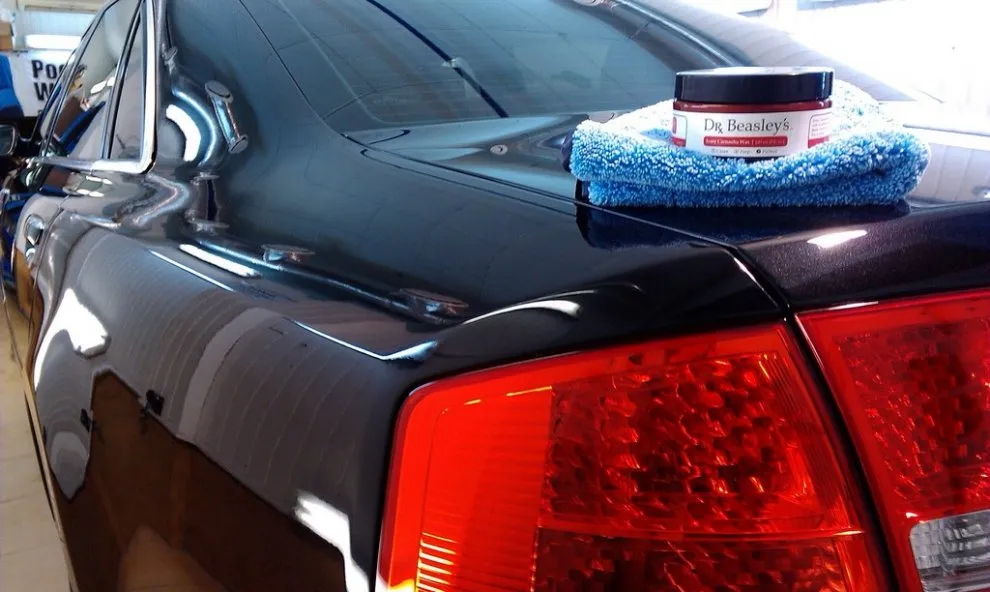
Work quickly, applying it evenly across the surface. The key step: don’t rinse it off right away. Give the wax a couple of minutes to bond with the paint and form a protective layer. When rinsing, be gentle — use moderate pressure and keep the nozzle about two feet away. This is especially important for dark-colored cars to remove excess product and prevent spotting. Ideally, use purified water for the final rinse, though regular water will do.
Finish the process by drying the car thoroughly with a microfiber towel. This not only enhances the shine but also locks in the protective layer, giving your car a flawless finish. Spend just a few extra minutes, and you’ll have a vehicle that’s not only gleaming but also well-shielded from autumn grime and winter road salt. Good luck!
You may also be interested in the news:

If Zodiac Signs Were Cars: The All-Wheel-Drive Horoscope That’ll Take You Places
Or: Why This Horoscope Smells Like Gasoline, Personality, and a Little Bit of Therapy
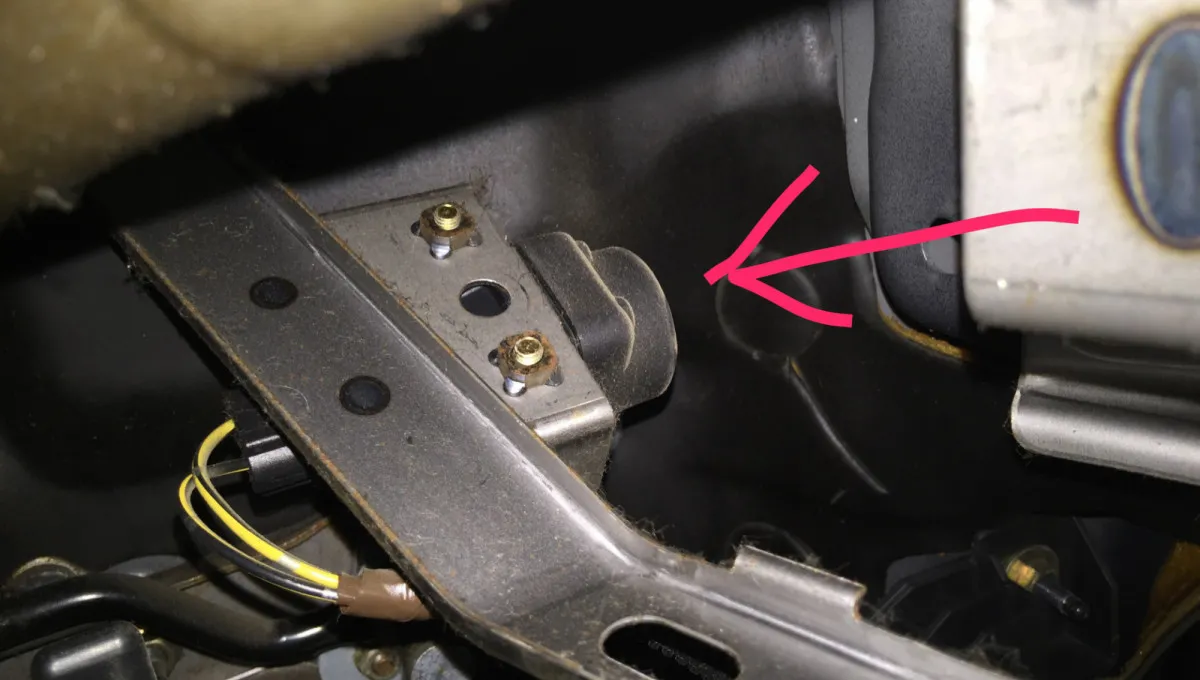
Mystery Button Hidden Under Most Car Dashboards — And Why So Many Drivers Don’t Know It Exists
Modern cars are packed with features and buttons whose purpose can be surprisingly hard to guess.
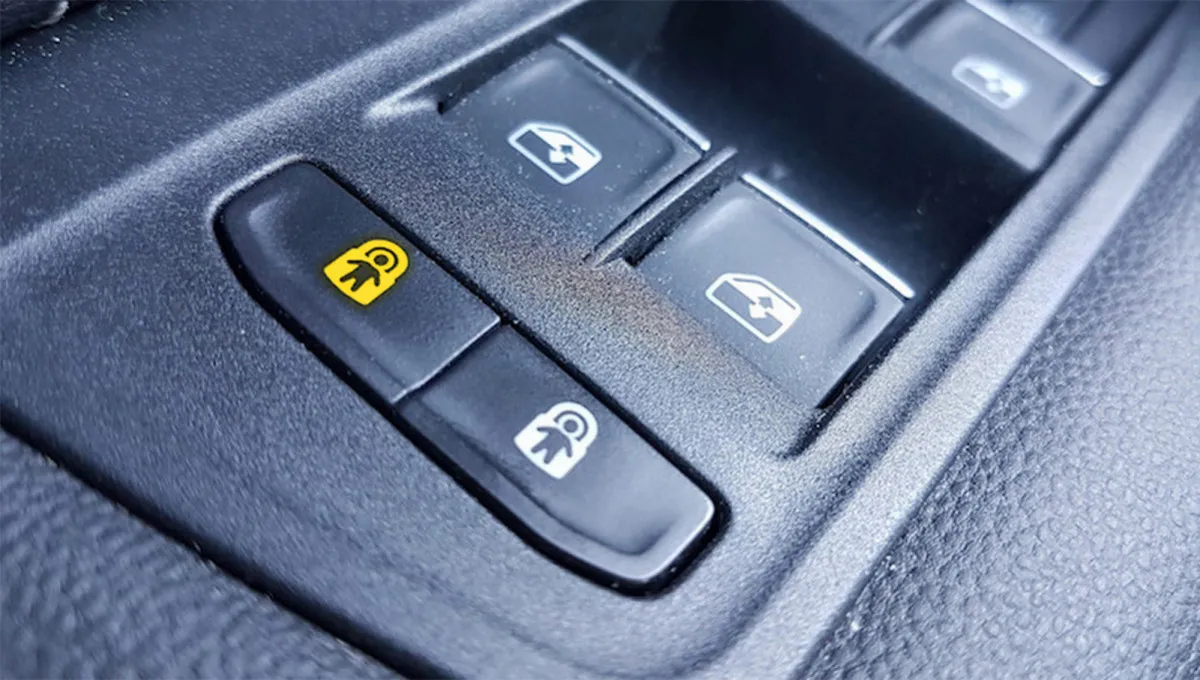
Astronaut Button: What This Mysterious Car Feature Actually Does
Some functions in a modern car make sense only after digging into the owner’s manual — and this little button is a perfect example.
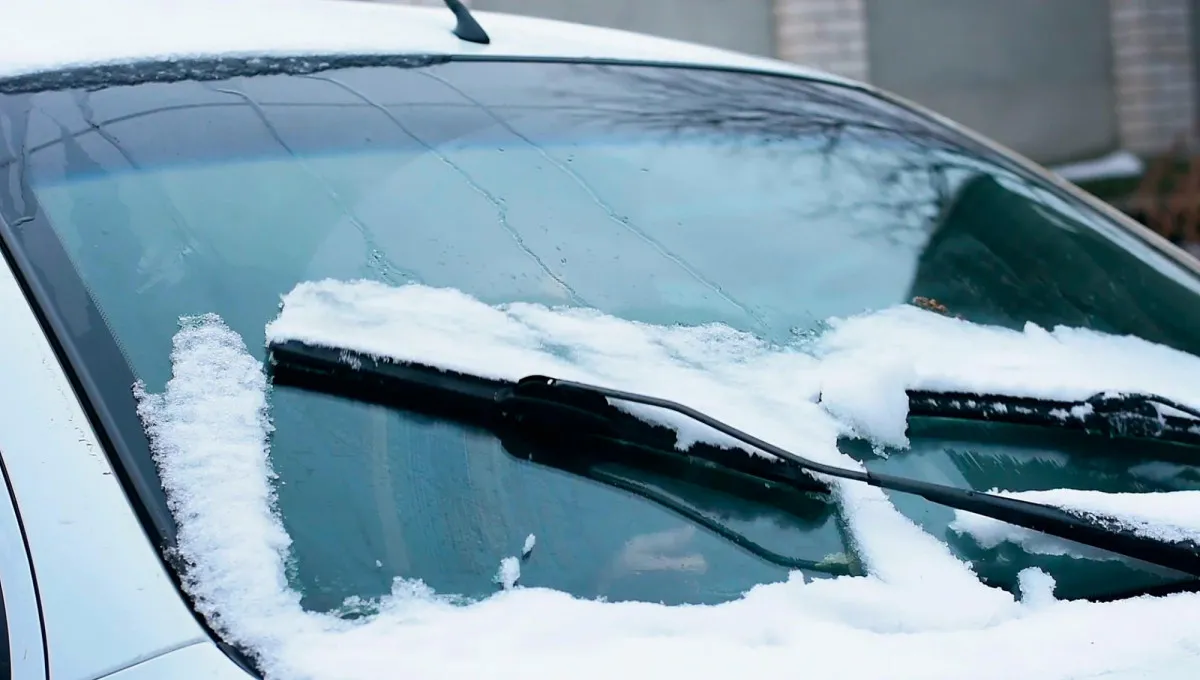
How to Activate Your Wipers’ “Winter Mode” — and Why It Exists
Many drivers can’t help wondering: is this a bug or a feature?
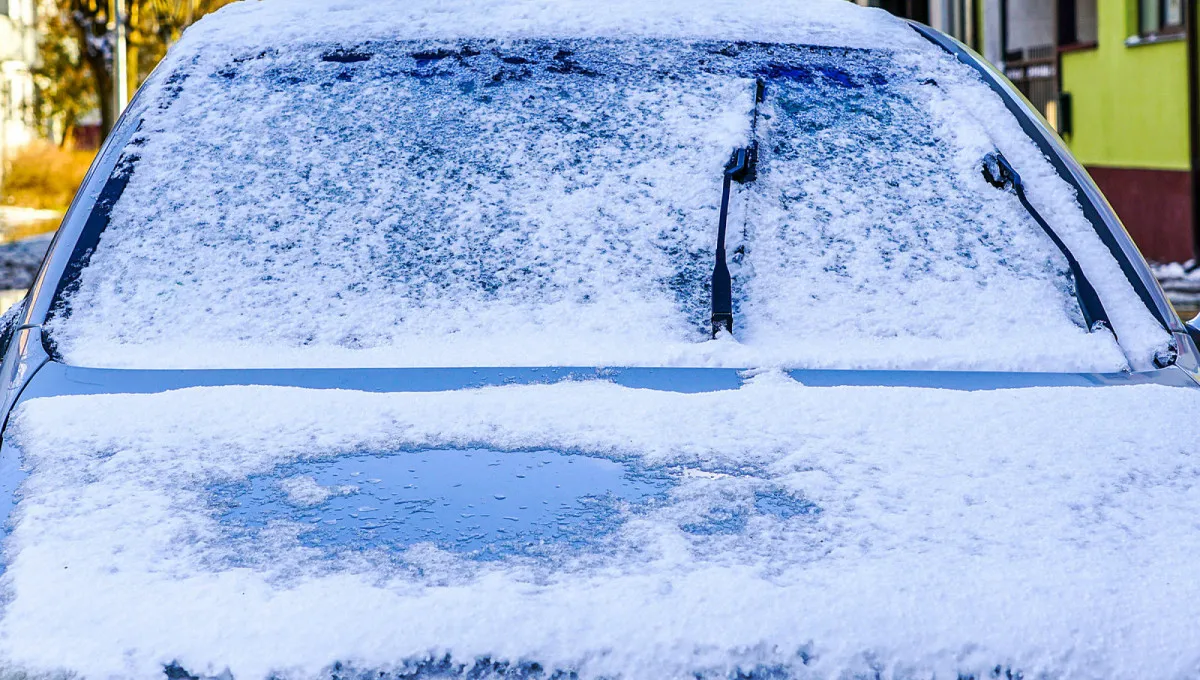
How to Protect Your Windshield from Ice: Helpful Tips and Personal Experience
How can you make sure your car’s windshield doesn’t turn into a sheet of ice overnight?